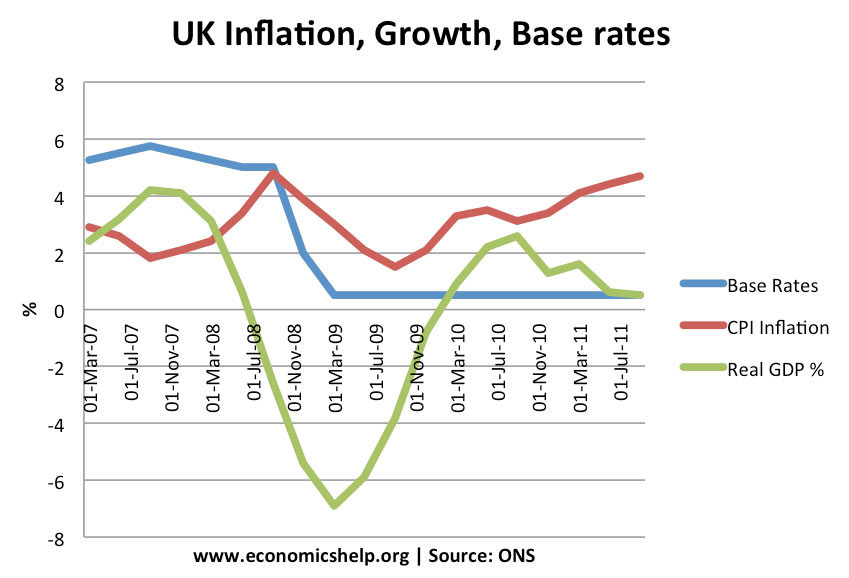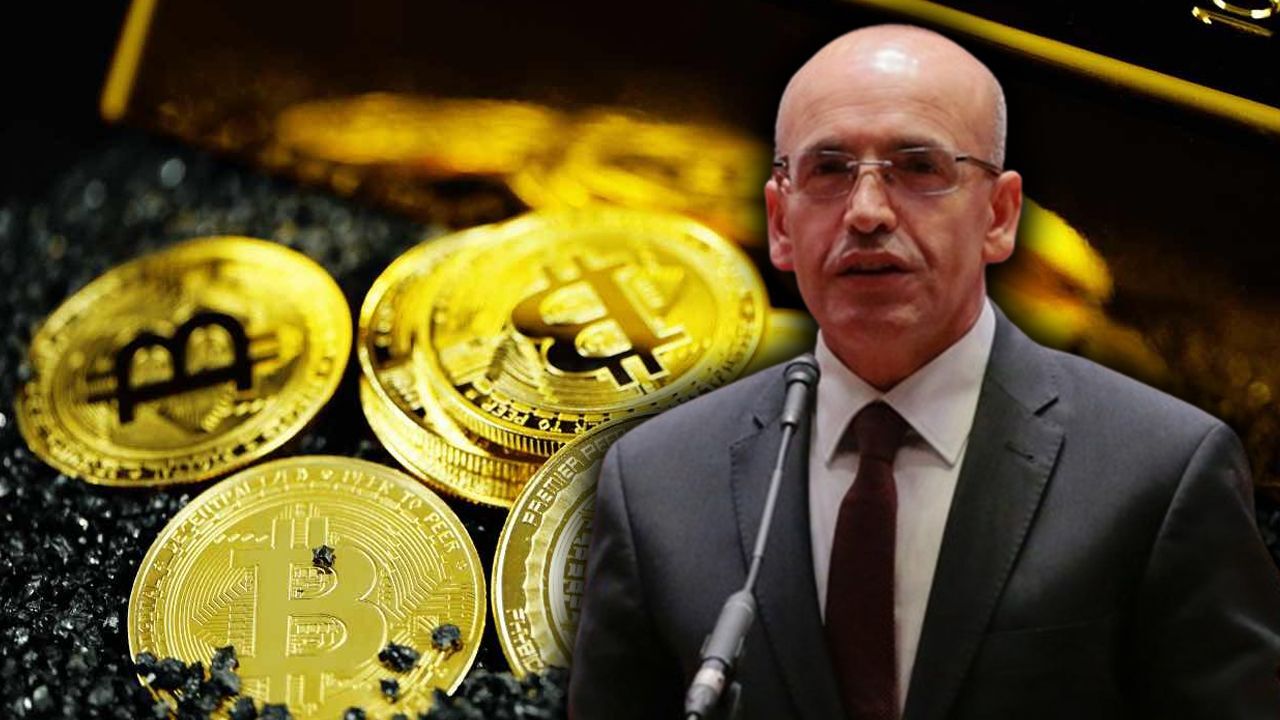China's Monetary Policy Shift: Lower Rates, Increased Bank Lending

Table of Contents
Lower Interest Rates: A Key Tool for Economic Stimulus
The People's Bank of China (PBoC)'s decision to lower interest rates is a central component of its broader economic stimulus plan. This monetary easing strategy aims to inject much-needed liquidity into the Chinese economy and reignite growth.
The Rationale Behind Rate Cuts
Several factors contributed to the PBoC's decision to implement interest rate cuts:
- Weakening export markets: Global economic slowdown has dampened demand for Chinese exports, impacting economic growth.
- Property market slowdown: A slump in the real estate sector, a significant contributor to China's GDP, necessitates stimulus measures.
- Deflationary pressures: Concerns about deflation, a prolonged period of falling prices, prompted the PBoC to act proactively.
The specific rate cuts implemented have lowered borrowing costs for businesses and consumers, theoretically making it cheaper to invest and spend. However, the impact on the RMB (Renminbi), China's currency, needs careful monitoring as lower rates can potentially weaken it.
Impact on Businesses and Investment
Lower interest rates are intended to stimulate business investment, particularly in key sectors:
- Increased borrowing for expansion: Businesses can access cheaper credit to fund expansion projects, potentially leading to job creation.
- Improved profitability: Reduced borrowing costs translate to higher profit margins for businesses.
- Potential for job creation: Increased investment and expansion can lead to a rise in employment opportunities across various sectors.
However, challenges remain. Increased debt levels could become a concern if businesses over-leverage themselves. Moreover, there's a risk of asset bubbles forming if the influx of cheap credit fuels excessive speculation in certain markets.
Increased Bank Lending: Injecting Liquidity into the Economy
The PBoC's strategy isn't solely focused on interest rate cuts; it also involves encouraging increased bank lending to directly inject liquidity into the economy.
The Role of Banks in Economic Growth
Banks are crucial conduits for government stimulus. The PBoC is using various measures to incentivize lending:
- Government directives to increase lending: Clear instructions from the government to banks to increase lending activity are a key element of this policy.
- Targeted loans to specific sectors: Loans are directed towards sectors deemed crucial for economic growth, such as infrastructure and manufacturing.
- Measures to improve credit availability for SMEs: Support for small and medium-sized enterprises (SMEs), vital for job creation, is a priority.
The PBoC employs mechanisms like adjusting the reserve requirement ratio (RRR) – the percentage of deposits banks must hold in reserve – and open market operations to influence lending.
Risks and Challenges Associated with Increased Lending
While increased lending is intended to boost economic activity, it carries inherent risks:
- Increased debt burden for businesses and individuals: Over-borrowing could lead to unsustainable debt levels for businesses and consumers.
- Potential for asset bubbles: Excess liquidity could fuel speculative investments, creating asset bubbles in certain sectors.
- Monitoring of credit quality by regulatory bodies: The PBoC needs to vigilantly monitor credit quality to prevent a surge in non-performing loans (NPLs).
The PBoC is attempting to mitigate these risks by implementing stricter lending standards and strengthening supervisory measures.
Global Implications of China's Monetary Policy Shift
China's monetary policy shift has far-reaching global implications.
Impact on Global Growth
China's monetary easing could significantly impact global growth:
- Increased demand for imports: Stimulated domestic demand could lead to higher imports, benefiting exporting countries.
- Impact on global inflation: Increased demand could put upward pressure on global commodity prices and inflation.
- Potential for currency fluctuations: Changes in China's monetary policy could lead to fluctuations in the RMB exchange rate, affecting international trade.
The ripple effects on other economies, particularly those heavily reliant on trade with China, will be substantial.
Geopolitical Considerations
China's economic strategy has significant geopolitical implications:
- Relationship with the US: The policy shift could influence the complex economic relationship between China and the United States.
- Impact on international trade relations: The policy's impact on global trade flows will affect international trade relations.
- China's role in global economic governance: China's actions will further shape its role in the global economic landscape.
This policy shift will undoubtedly shape international cooperation and competition in the coming years.
Conclusion
China's shift towards a more accommodative monetary policy, characterized by lower interest rates and increased bank lending, is a significant development with both potential benefits and risks. While it aims to stimulate economic growth, careful management is crucial to prevent excessive debt accumulation and the formation of asset bubbles. Continuous monitoring of China's monetary policy is essential for investors, businesses, and anyone interested in understanding the intricacies of the world's second-largest economy. Understanding future developments in China's monetary policy is crucial for navigating the evolving global economic landscape. Stay informed about further analysis of China's monetary policy to fully comprehend the long-term effects of this pivotal shift.

Featured Posts
-
 Colin Cowherds Continued Criticism Of Jayson Tatum
May 08, 2025
Colin Cowherds Continued Criticism Of Jayson Tatum
May 08, 2025 -
 Kripto Varliklarda Miras Sifre Bilinmezse Miras Kaybi Riski
May 08, 2025
Kripto Varliklarda Miras Sifre Bilinmezse Miras Kaybi Riski
May 08, 2025 -
 Nereden Izlenir Psg Angers Macini Canli Yayin Secenekleri
May 08, 2025
Nereden Izlenir Psg Angers Macini Canli Yayin Secenekleri
May 08, 2025 -
 Restaurante Cantina Canalla Malaga Reservas Y Menu
May 08, 2025
Restaurante Cantina Canalla Malaga Reservas Y Menu
May 08, 2025 -
 Bakan Simsek Ten Kripto Para Piyasasina Uyari Riskler Ve Oenemli Hususlar
May 08, 2025
Bakan Simsek Ten Kripto Para Piyasasina Uyari Riskler Ve Oenemli Hususlar
May 08, 2025
